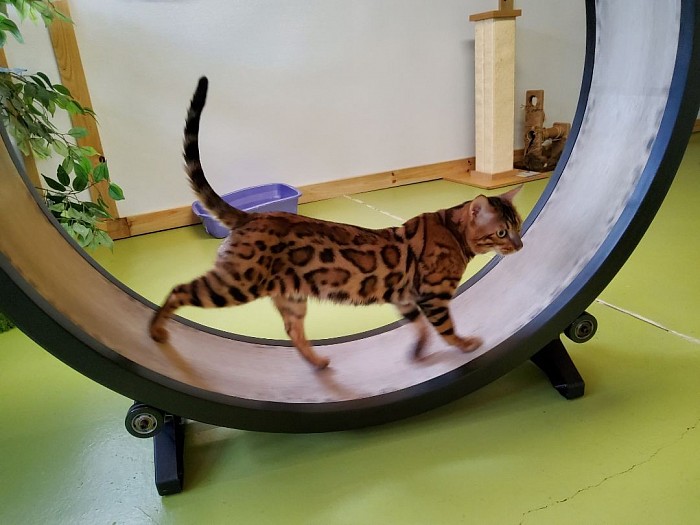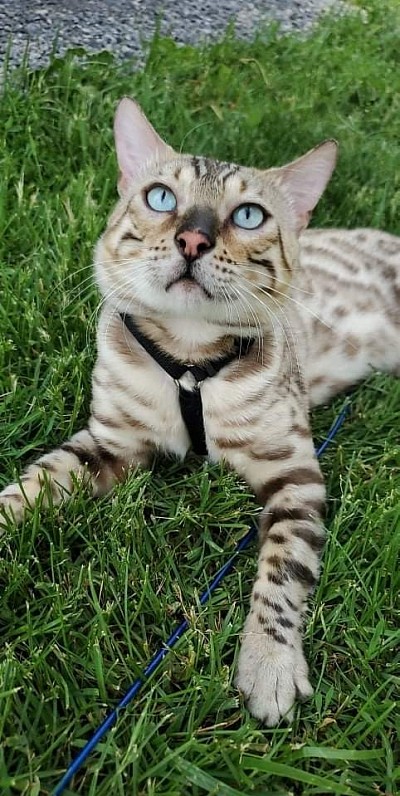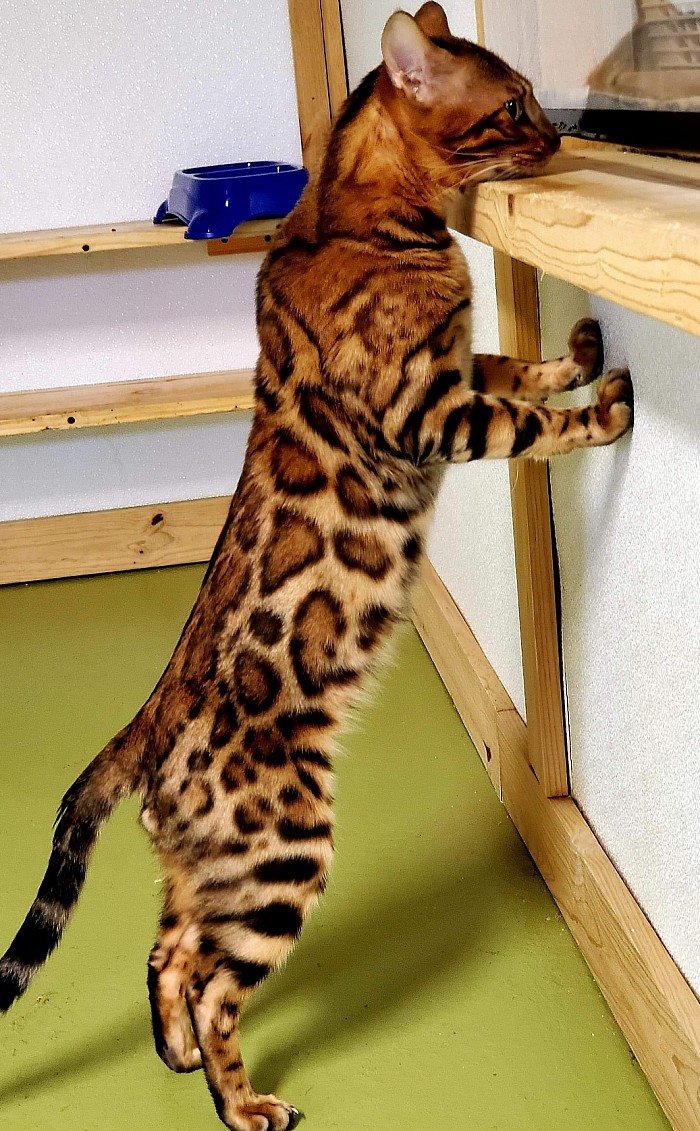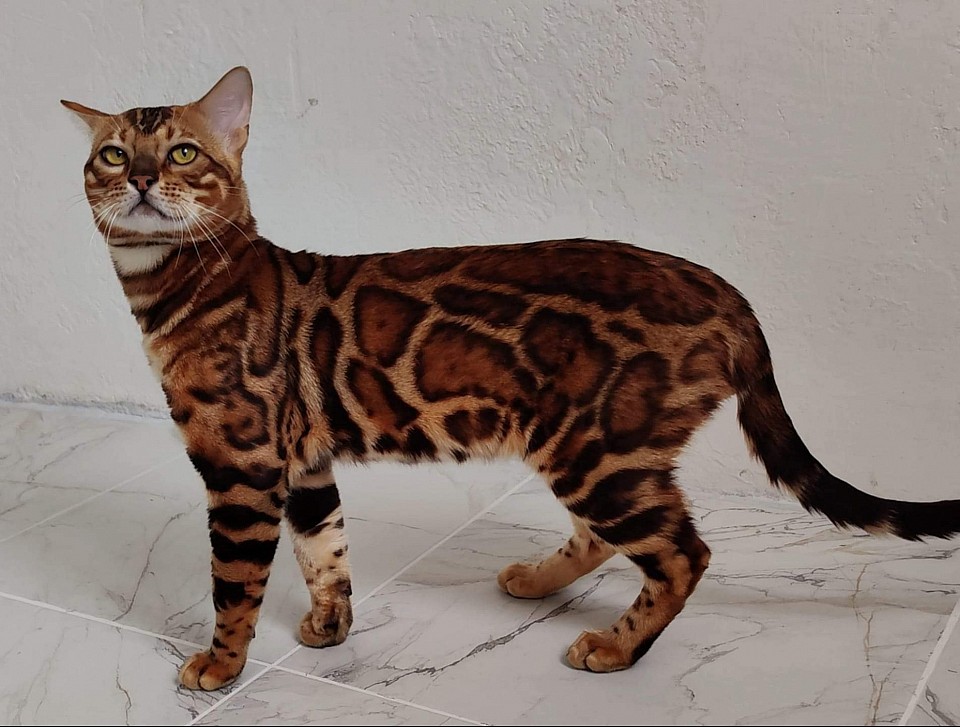Country Paw's Bengals Cattery Our Kings
Glitter Coat
All of our Bengals have beautiful glitter coats! are where the Bengals have translucent hair shafts which gives them a shiny metallic glittery look when looked at in the direct sunlight. It is very hard to get a picture of the" glitteriness"but it is simply breathtaking and soft.
FUZZY STAGE
The fuzzy stage is simply the mutating of their coat pattern. It is done for self protection to help hide from predators in the wild. It can occur from anywhere around 12 weeks to a year of age and sometime more depending on the cats coloring.
PATTERNS (MARKINGS)
There are a few different kinds of markings. There are spotted, Arrowhead spots, marble and Rosetted spots, I know confusing right? There are different kinds of spots some are like arrowheads some are just spots. Some have circles around spots. That's called a Rosetted spot. A circle with no spots is just a rosette or a donut rosette marbled is like the bread at the store The marble pattern should flow in a horizontal manner there are some that look like bull's eyes and some that look like ice cream.
Colorings / patterns
Colorings
Bengals come in a variety of colors from the white snow Bengals to the black Melanistic Bengals. All are spectacular if you ask me I currently breed snow Bengals and now browns is well we are hoping to add silver to the Bengal family too soon Snow Bengals come in three colors ;seal Lynx, Seal Mink and Seal Depia .I will try to explain the difference in the color.
SEAL LYNX
The seal lynx it's the whitest of the snows. Snow Bengal kittens are born all white with very little-no markings like little Dalmatian puppies. Their patterns begin to show after about two to four weeks if age. Their markings will enhance until they are about 12 weeks or so, and then they go into a fuzzy stage; at that point it will be hard to see their spots/marbling as well. They take the longest to fully get their markings back after this stage our male took a little over a year to achieve full markings. Some bengal markings can take up to two years before fully developed and expressed to their full potential. Please be patient with the markings as they transition from this phase and may be lighter in color as well. A Seal Lynx here's beautiful blue eyes The strength of the blue can be vary but a seal lynx always has blue eyes!
SEAL MINK
A Seal Mink has a darker background color than the seal lynx.sometimes you can see a little bit of their markings at birth but usually by the end of the first week you can see them better also they will get better around week 12 then the fuzzy stage comes and then they will get blurry. But they don't stay that long like the seal lynx does. Usually by the time they are 5 months they start looking better.









